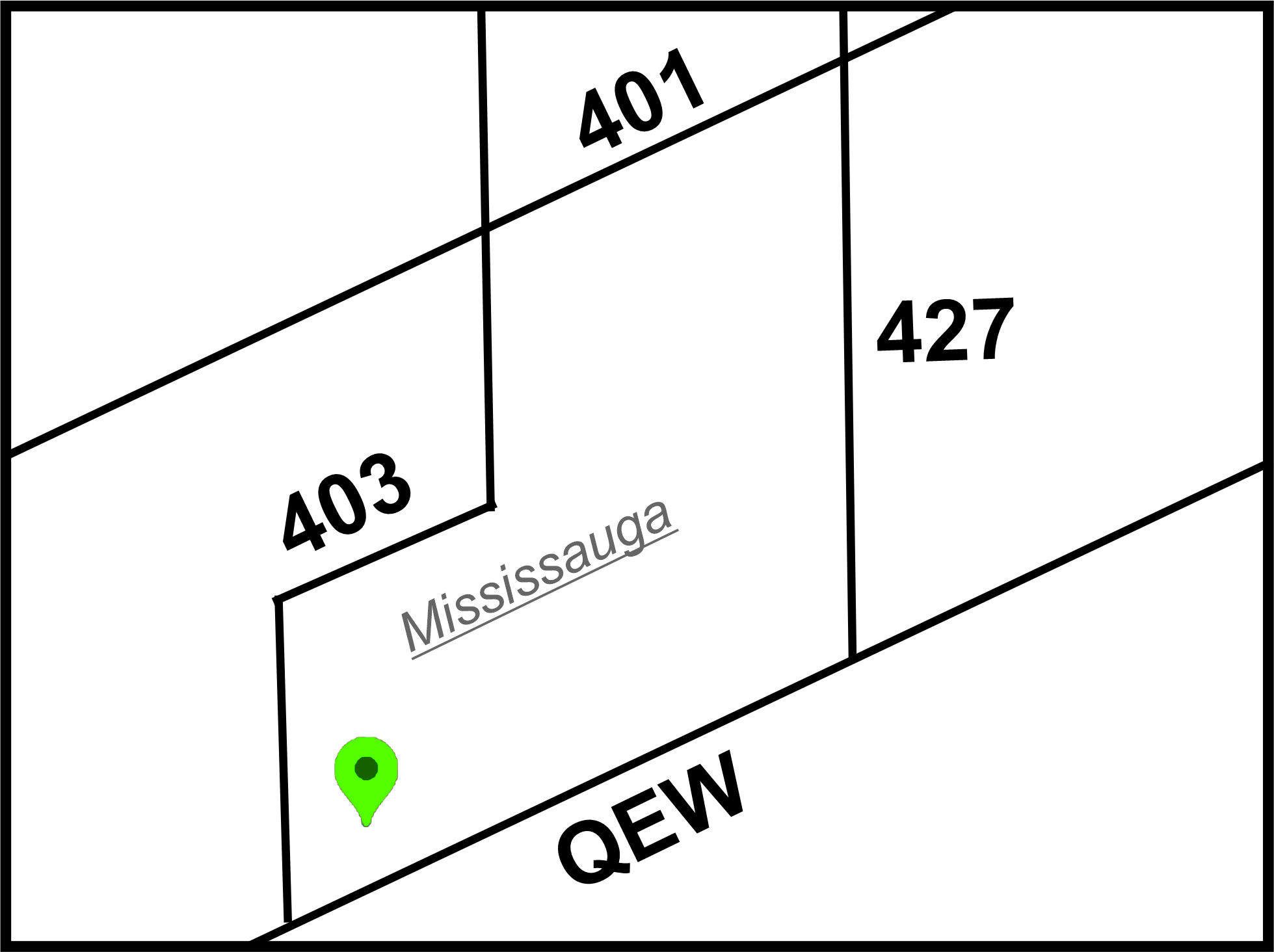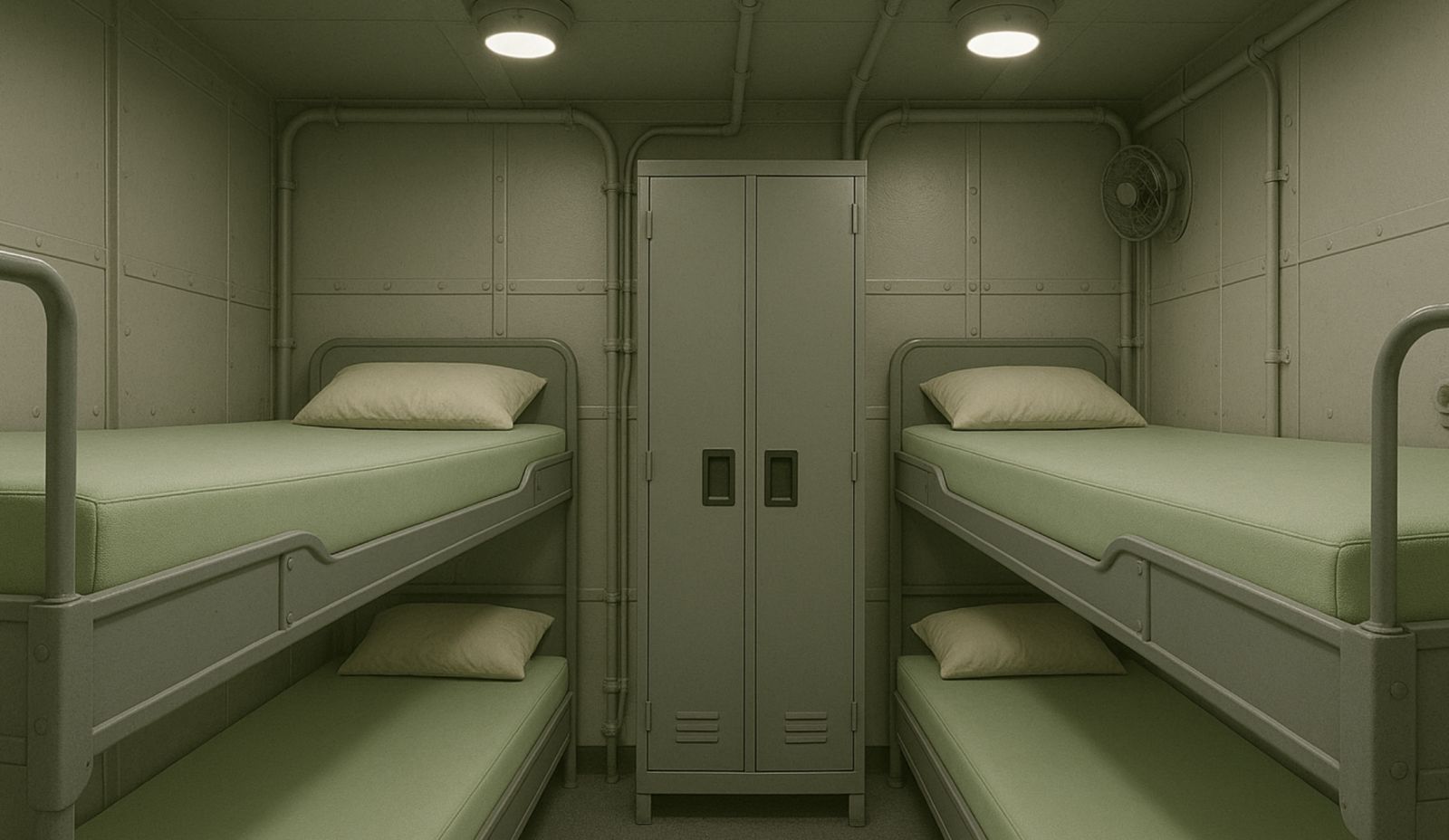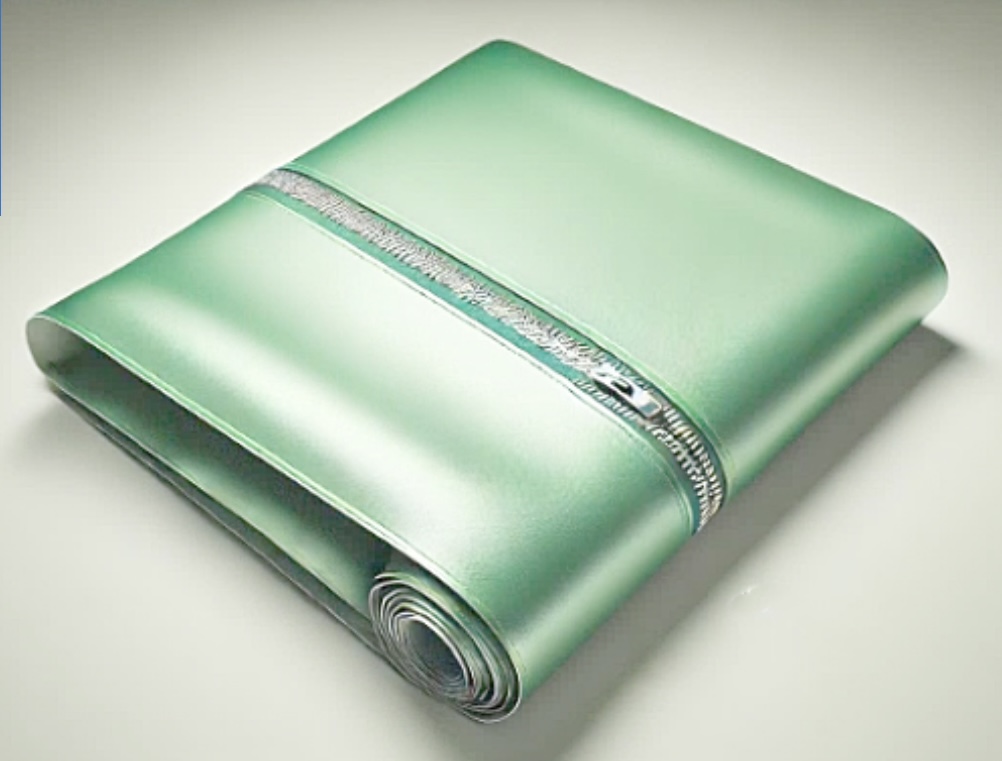
Blog Questions about beds and mattresses answered. And some stories told.
1. Environmental Considerations
Marine environments present unique challenges that directly affect mattress performance:
Moisture and Humidity
- The risk of mold, mildew, and condensation is significant due to high humidity levels and limited ventilation in enclosed cabins.
- Moisture-wicking materials and breathable mattress constructions are critical to prevent deterioration and health issues.
- Integrating ventilation systems beneath mattresses (such as vented base grids or slatted platforms) helps maintain airflow and reduces moisture buildup under the mattress.
Temperature Variability
- Materials should perform well across a range of temperatures—from cold offshore nights on ships to hot tropical anchorages.
- Some foam materials retain heat, while others are engineered to remain temperature-neutral, improving comfort and sleep quality in diverse conditions.
2. Mattress Materials
The right material choice ensures durability, comfort, and resistance to marine challenges.
Foam Core Options
- Closed-cell foam resists water absorption and dries quickly, but may be less breathable.
- Open-cell polyurethane foam offers more comfort and breathability, though it requires proper ventilation to prevent moisture retention.
- High-resilience (HR) foams provide greater durability and support compared to standard foams.
- Memory foam or gel-infused foam layers can be added for comfort that comes with the tradeoff of shorter liefespan. It must be well-ventilated and used with moisture-resistant bases.
Covers and Liners
- Waterproof and antimicrobial covers prevent mold, mildew, and odor retention tha tis more likely on a boat.
- Removable covers, like offered at Nine Clouds Beds, are highly recommended for hygiene and long-term maintenance.
3. Customization for Berth Sizes and Shapes
Berths on vessels rarely follow standard dimensions. Often they are:
- Irregularly shaped (tapered V-berths, angled corners, etc.)
- Space-constrained, limiting mattress thickness
- Located in hard-to-access areas, requiring flexible or segmented mattresses
Strategies for Custom Fit
- Use paper or cardboard templates to trace the exact berth shape before cutting foam or ordering materials.
- Account for hull curvature, cabinetry, and access panels when designing fit.
- Consider hinged designs or multi-part mattresses for easy installation, especially in tight quarters.
4. Thickness and Firmness
Balancing comfort with spatial limitations is key.
- Typical thickness ranges from 4 to 6 inches due to headroom constraints. In some luxury or larger vessels, 7–10 inches may be feasible.
- Layered constructions (e.g., firm support base + softer top layer) offer a compromise between comfort and thickness.
- Medium to medium-firm configurations are ideal for a variety of body types and use cases, with firmer options preferred for high-traffic or multi-user bunks.
5. Multipurpose and Space-Saving Designs
Space efficiency is essential on board:
- Consider dual-use mattresses that function as seating by day and bedding by night.
- Stackable cushion systems are helpful in saloon berths and convertible areas.
- Use tie-down systems, snaps, or fitted corner constructions to keep mattresses securely in place during movement or rough seas.
6. Maintenance and Hygiene
Marine mattresses need more frequent and proactive care than land-based counterparts.
- Ensure mattress bases allow for ventilation (raised grids or slats).
- Encourage regular airing and rotation and flipping (two sided is best) of mattresses.
- If possible, choose materials that are resistant to bacteria, dust mites, and mildew.
- Regularly clean and inspect covers and mattress surfaces, especially after long voyages or exposure to damp conditions.
7. Logistical Planning
Managing mattresses for an entire vessel—especially one with varied berths—requires organization:
- Create a berth inventory with dimensions, shape templates, and mattress types for each bunk.
- Label each mattress clearly for the appropriate berth to avoid confusion during installation or laundering.
- Consider keeping extra covers in stock for quick replacement in the event of damage or wear.
Nine Clouds Beds provides waterproof vinyl mattresses for every sea going venture you could possibly think of.




 Copyright © 2026 |
Copyright © 2026 |